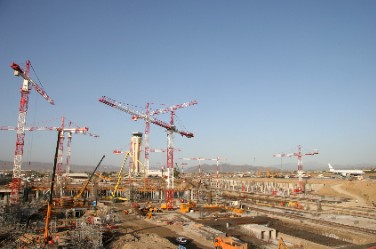To supplement and analyse the information contained on the risk register, a traffic light colouring/weighting probability and impact matrices can be used to determine the significance of individual risks.
Where design is involved, it is important to distinguish between design development and design change. The impact of the latter, if not notified in an early warning, can have a dire impact on the works that could ripple throughout the project.
To effectively manage the change control process requires the involvement of all members of the project team, from designers, engineers, planners and commercial.
If the event has already happened, then the opportunity to avoid or mitigate is lost and a notification of a compensation event is issued. The Contractor then risks:
- having the later compensation event assessed as if the early warning had been given, in which case actions that could have been done to avoid or mitigate, will be taken into account in the Project Manager’s assessment;
- in the case Options C, D, E and F, having disallowed costs levied.
We have extensive experience in the management and administration of NEC projects from a contractual, cost and programming perspective. Please let us know if you would like our assistance.


